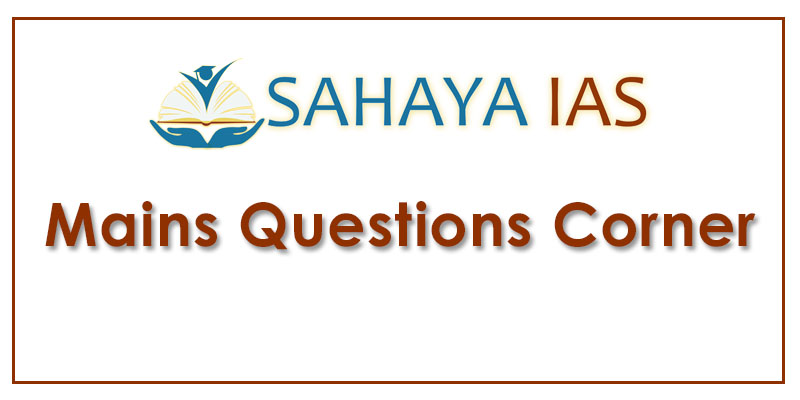If the Supreme Court looks beyond the essential practices doctrine, it can lead to a radical re-reading of the Constitution
Highlights
- The Supreme Court is currently hearing oral arguments in Indian Young Lawyers Association v. State of Kerala , in which rules that bar the entry of women aged between 10 and 50 years into the Sabarimala temple in Kerala have been called into question.
- At a purely unreflecting level the case might well appear to us to be an easy one to resolve.
- To prohibit women from entering a public space, from worshipping in a shrine of their choice, one would think, ought to be anathema to the tenets of a constitutional democracy.
- But, as a study of the rival contentions made before the five-judge Bench that heard arguments shows us, the religious freedom clauses in the Constitution are possessed of a special complexity, which the court’s own past jurisprudence has turned into a quagmire of contradictions.
Constitutional provisions
- Generally, the right to freedom of religion of both individuals and groups is recognised as an intrinsic facet of a liberal democracy.
- The Constitution memorialises these guarantees in Articles 25 and 26. The former recognises a right to freedom of conscience and a right to freely profess, practise, and propagate religion, subject to common community exceptions of public order, morality, and health, and also, crucially, to the guarantee of other fundamental rights. Article 25(2)(b) creates a further exception to the right.
- It accords to the state a power to make legislation, in the interests of social welfare and reform, throwing open Hindu religious institutions of public character to all classes and sections of Hindus.
- Article 26, on the other hand, which is also subject to limitations imposed on grounds of public order, morality, and health, accords to every religious denomination the right, among other things, to establish and maintain institutions for religious purposes and to manage their own affairs in matters of religion.
Contradiction
- But here, in Indian Young Lawyers Association , the attack is to the converse; it is to Rule 3(b) of the Kerala Hindu Places of Public Worship (Authorisation of Entry) Rules, 1965, which states, “Women who are not by custom and usage allowed to enter a place of public worship shall not be entitled to enter or offer worship in any place of public worship.”
- It is by placing reliance on these rules that the Sabarimala temple prohibits women aged between 10 and 50 years from entering the shrine. It claims, through the Travancore Devaswom Board, that its deity, Lord Ayyappa, is a “Naisthik Brahmachari,” and that allowing young women to enter the temple would affect the idol’s “celibacy” and “austerity”.
Way forward
If the court can look beyond the essential practices doctrine and see this case for what it really is — a denial to women not only of their individual rights to freedom of religion but also of equal access to public space — it can help set the tone for a radical re-reading of the Constitution. This can help the court reimagine its jurisprudence in diverse areas, making a meaningful difference to people’s civil rights across spectrums of caste, class, gender and religion. Ultimately, the Constitution must be seen as representing not a hoary conception of boundaries between the state and the individual, but as a transcendental tool for social revolution.
Source: The Hindu



Comments (0)